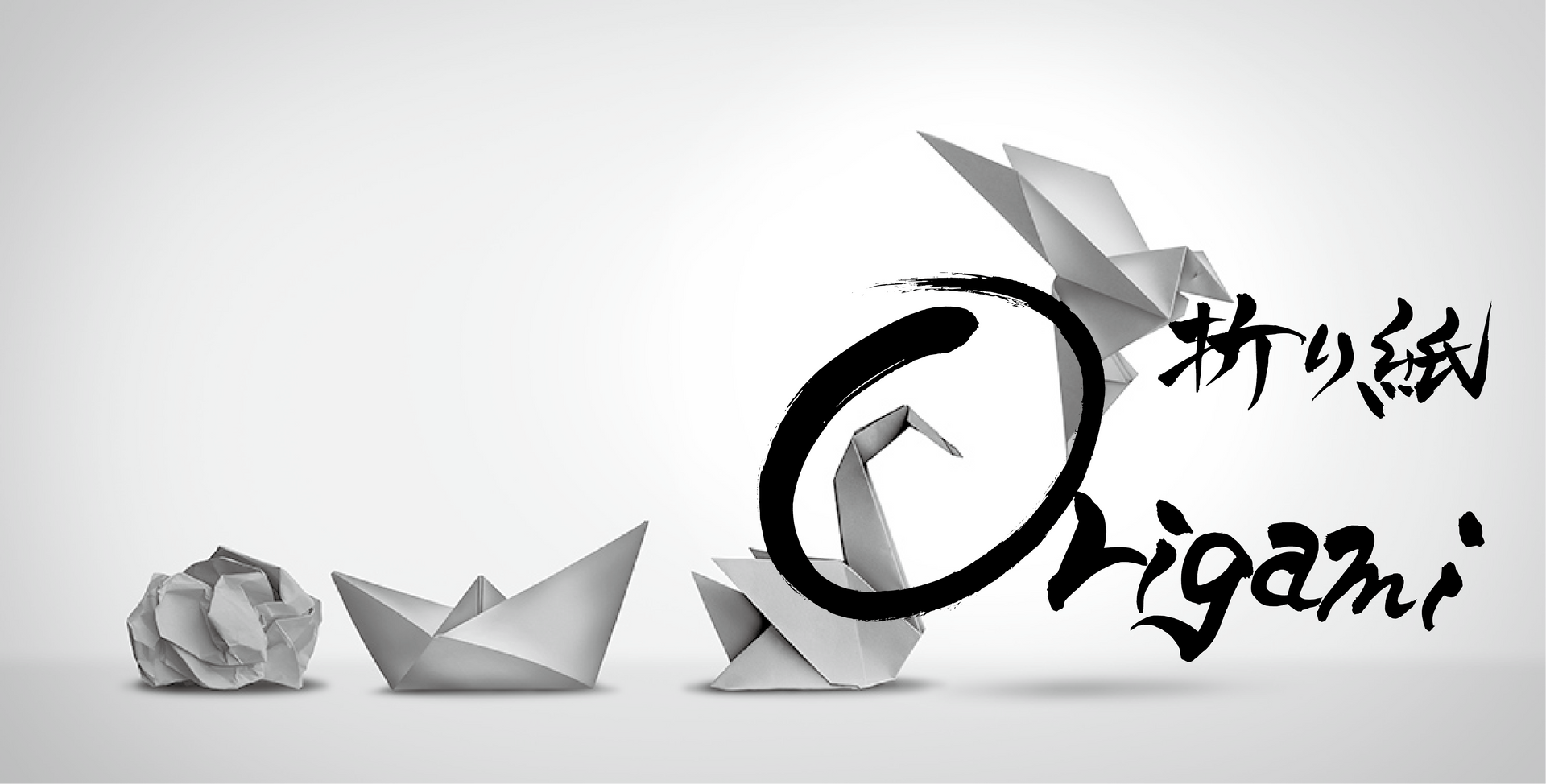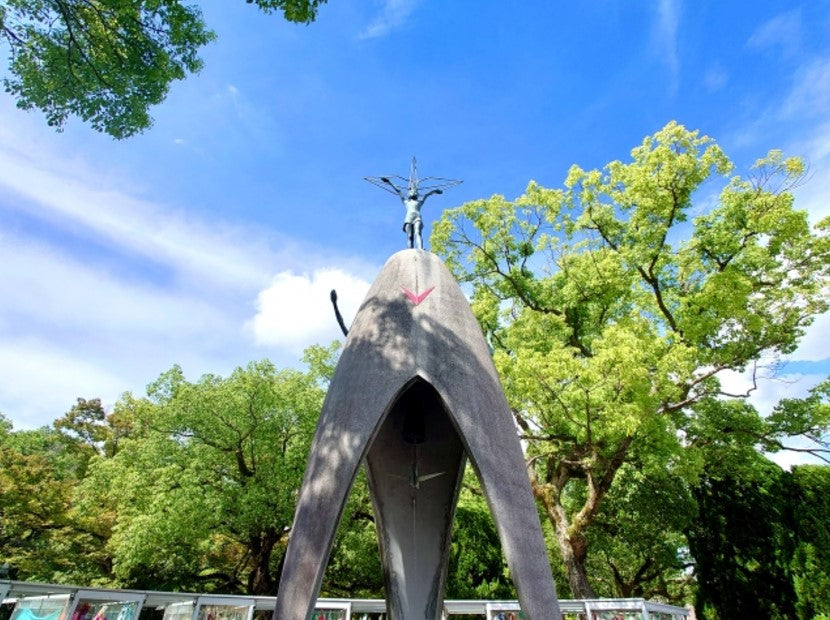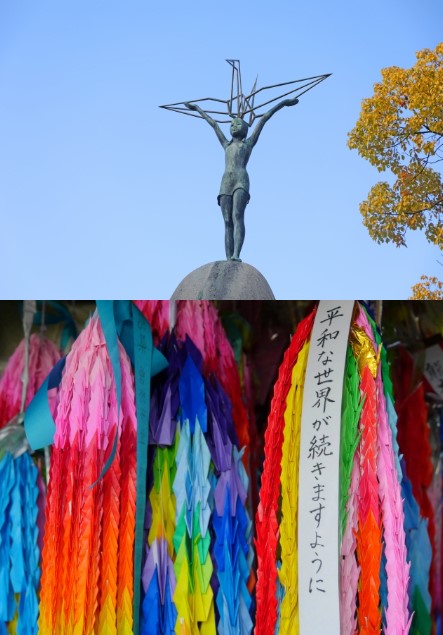
4. A prayer for peace in folded paper cranes

As you probably already know, on August 6, 1945, an atomic bomb was dropped on Hiroshima, resulting in the loss of many lives.
In a park near the hypocenter, there is a statue of a girl holding a folded paper crane.
The statue of the girl holding a folded paper crane is called the "Statue of the Children's Atomic Bomb," and even today, many folded paper cranes and a thousand paper cranes are sent to the statue from not only Japan but all over the world, with prayers for peace so that such a tragedy will never be repeated.
4. Prayer for Peace – One Thousand Cranes
To the Japanese, cranes are symbols of longevity and good fortune, and even today, 1,000 paper cranes are made and presented as gifts for various purposes, such as blessings, prayers for happiness, comfort in times of disaster, prayers for recovery from illness, and sympathy.

Origami cranes and thousand paper cranes became symbols of peace when Sadako Sasaki, a young girl who survived the atomic bomb and was the model for the Children's Atomic Bomb Statue, folded one thousand paper cranes.
Sadako was exposed to the atomic bomb in 1945 when she was just two years old, but she suffered no visible trauma and grew up healthy.
However, in the autumn of 1954, at the age of 12, she suddenly fell ill, and in February of the following year was diagnosed with leukemia and hospitalized. She started folding 1,000 cranes, believing that she would be cured of her illness, but she passed away on October 25, 1955, despite her prayers in vain.
Sadako's death sparked a movement to create a statue to comfort the spirits of children who died in the atomic bombing and to build peace. With donations from all over Japan, the Children's Atomic Bomb Statue was completed in Hiroshima Peace Memorial Park in 1958.
This story then spread throughout the world, and even today, people from all over the world, including Japan, offer folded paper cranes to the Children's Peace Monument. The number of folded paper cranes offered each year amounts to about 10 million, weighing about 10 tons.
